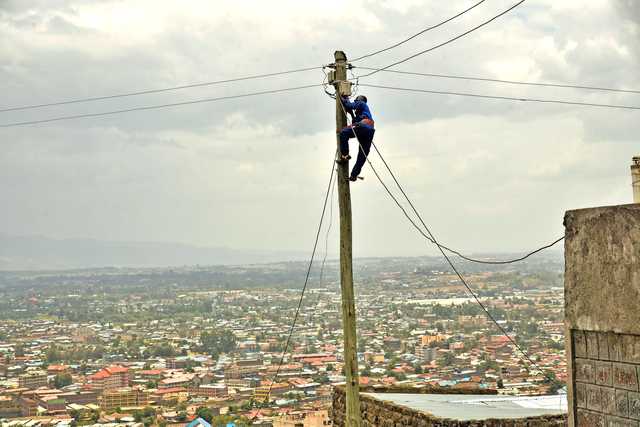Though the 200-page report of the Presidential Task Force on Power Purchase Agreements (the PPA Task Force) is a bit of a wandering read, it contains a few thoughts for Kenyans. That a Presidential Task Force struggled for information on PPAs and other data on Independent Power Producers (IPPs) from Kenya Power (KPLC) management and required intervention by the KPLC Board, beggars belief.
As the report notes, two alternative conclusions can be drawn from this inability or refusal to provide information. The first is that KPLC does not have the information. As the Task Force noted using 2019/20 financial year data; power costs accounted for 66 per cent of total KPLC sales, and IPPs accounted for 47 per cent of these power costs (Kengen accounted for 48 per cent). How basic cost of sales data is not available is, as the report puts it, “inconceivable”.
The second conclusion the Task Force drew was equally alarming; that KPLC has the information but refused to release it. An immediate recommendation in response to this state of entropy was for a forensic audit into how existing PPAs were entered into, and how they are monitored. The report also calls for an audit of KPLC’s commercial customers with a focus on system losses.
The one recommendation, or promise, that got everyone interested is the one to reduce consumer tariffs by a third by Christmas. The Task Force reckons that KPLC can generate annualised savings of Sh7.5 billion to Sh8.3 billion in the short term, and a further Sh4.9 billion in the medium-term, and pass this saving back to consumers.
This excludes potential efficiency gains that KPLC could make with a better commercial and more results-driven management orientation. Indeed, the focus of the savings is Heavy Fuel Oil (HFO) thermal plant capacity charges and fuel management, and the wind and geothermal charge at the Kengen tariff level, and in the medium-term shifting HFO plants to the use of natural gas.
This tariff point is actually a bigger one. The thinking is to build greater predictability and stability by benchmarking proposed IPP tariffs against Kengen’s tariffs for “technologies where Kengen is present” while getting Kengen itself to focus on efficiency and innovation to drive down its own costs and tariffs.
By looking at currency depreciation over time, an argument is made to get future PPAs denominated in Kenya Shillings. Linked to this is the need for fairness, predictability, transparency and accountability […]
